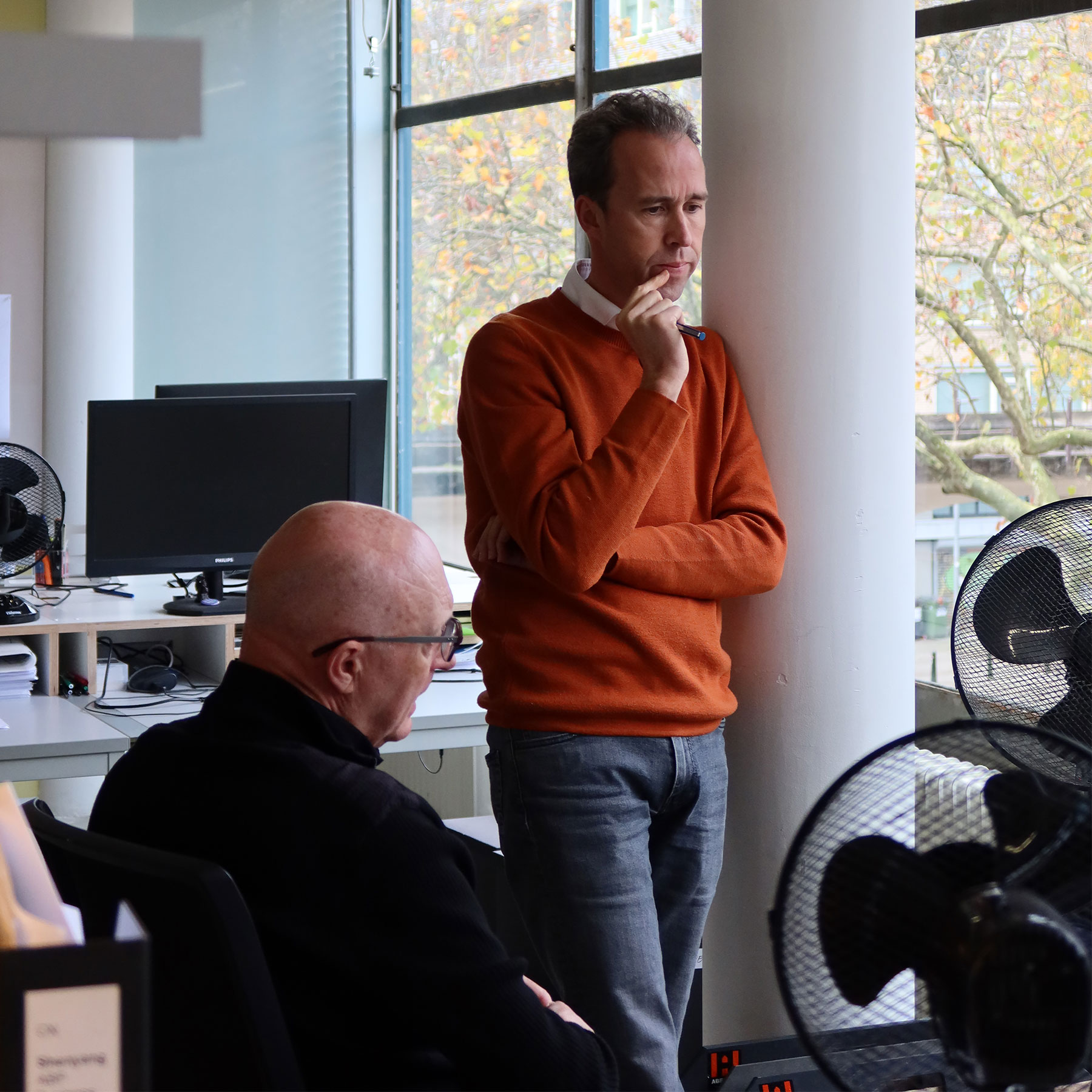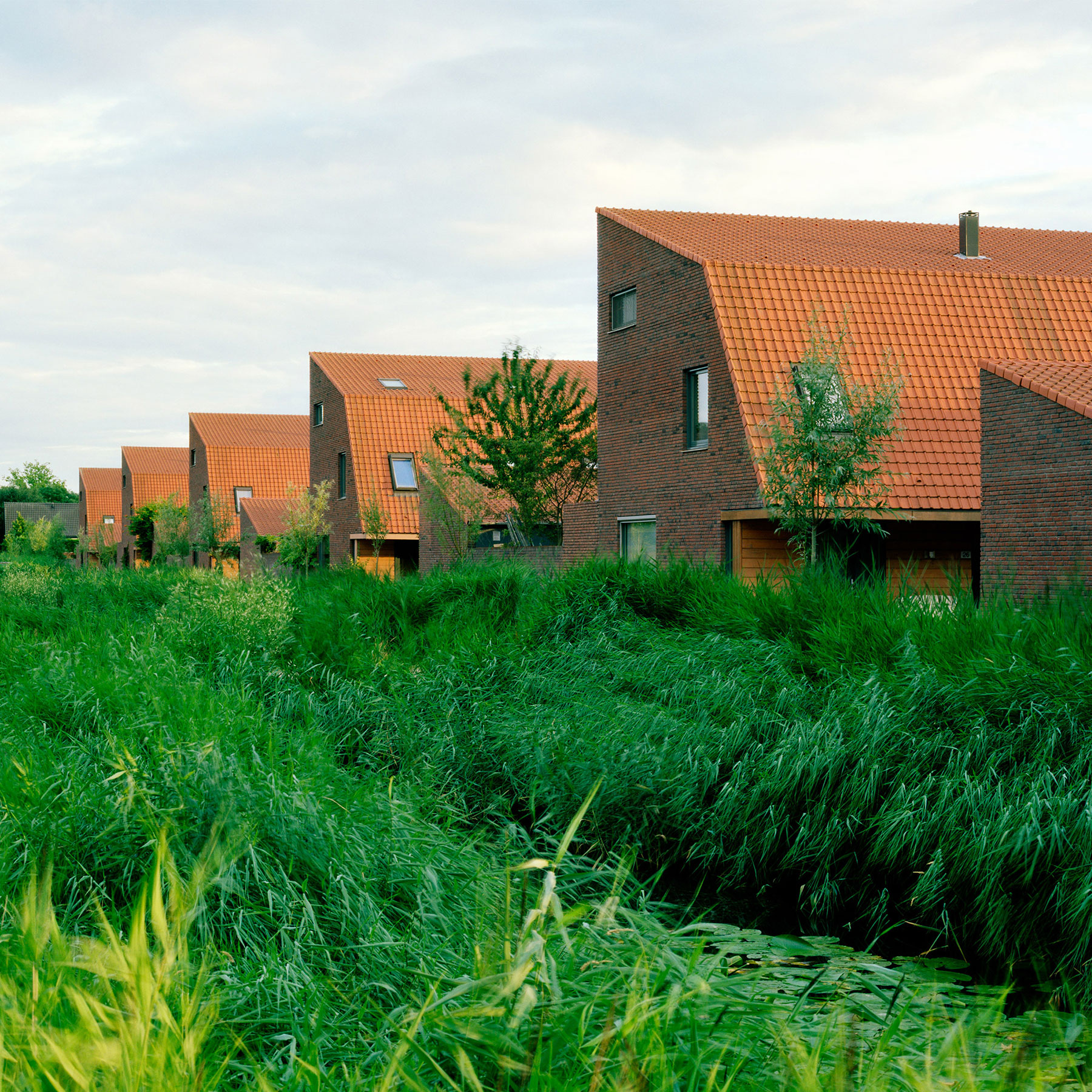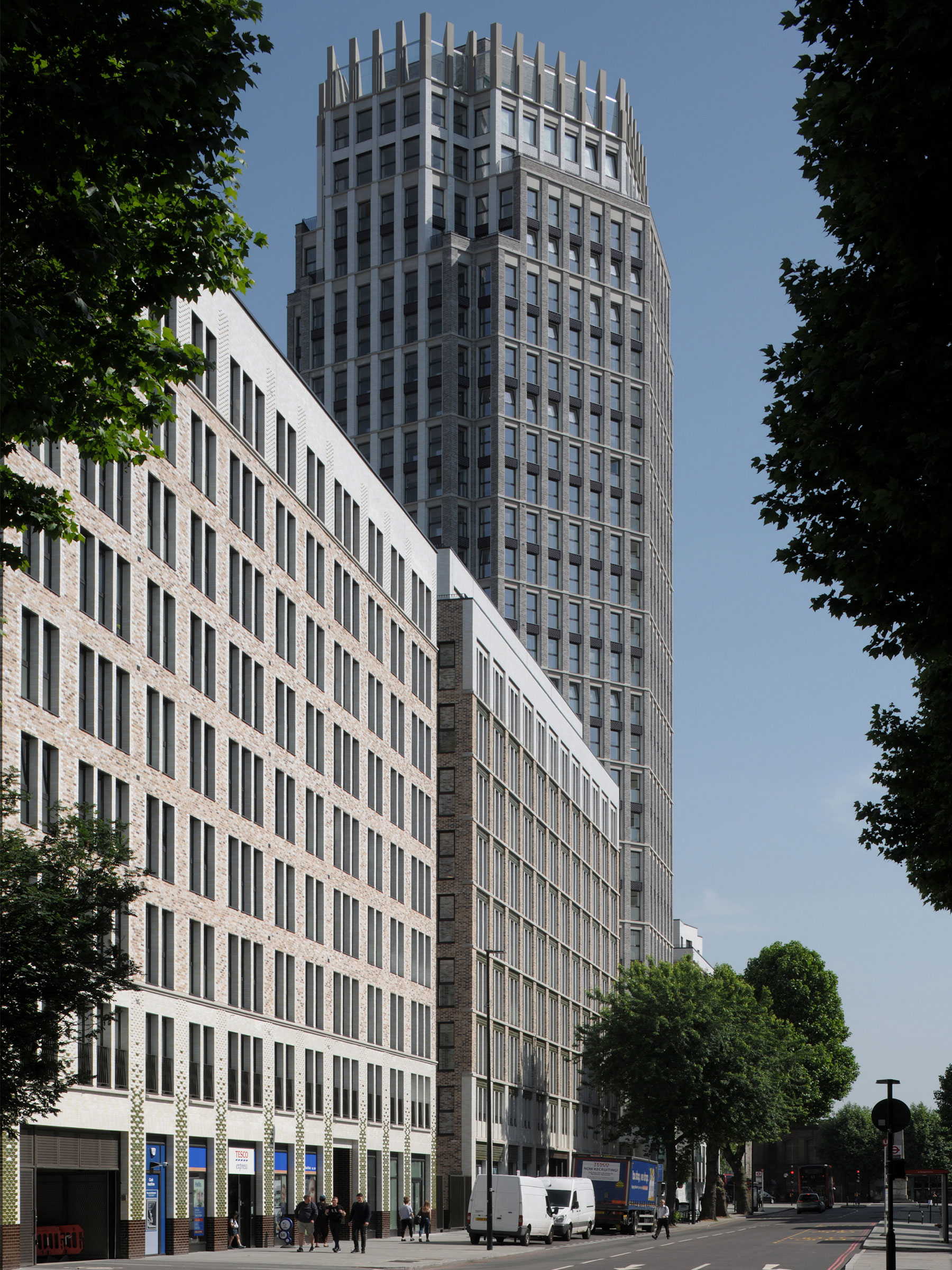Studio Life: Associate Director, Joost Kok
Joost Kok is an Associate Director in Rotterdam and has been part of the ML team for almost twenty years, working on many award-winning projects. He talks about his journey in architecture and what ML projects he is most proud of.
Have you always lived and worked in Rotterdam?
I grew up in Friesland and studied architecture, interior, and furniture design at the ArtEZ arts academy. After graduating, I applied to a couple of practices in London, back in 1998. I first met with Tony Fretton, who had a practice of about three or four employees back then – and very little work. So, I took the underground to Kentish Town to knock on Maccreanor Lavington’s door on Highgate Road.
After a very nice conversation with Richard Lavington, it turned out that I would return to my home country again as the bulk of MLA’s work then was in the Netherlands, due to the government-led Vinex housing program which generated a lot of work. Since 1998 I have lived and worked in Rotterdam.
What projects you worked on do you admire most?
The first thing that got built the way I designed and drafted it, was the extension to the corner houses in Zeewolde. It was very special to me back then, even though it was tiny. I guess the early work from that era, Zeewolde, Langerak, and IJburg are precious to me. However, I am most proud of Blackfriars Circus; the way the architectural and urban design approach transformed and contributed to the quality of the area. I feel that with the richness of detail, façade modeling and materiality we really managed to set a standard for inner-city residential architecture.
You work on UK projects from the Netherlands, is this strange when living in a far less dense and less populated city?
Not at all. In fact, over the last three, four decades the Randstad (the cluster of cities in the West of The Netherlands, from Amsterdam to Rotterdam and from The Hague to Utrecht) is gradually turning into one big urban area.
You have much experience with off-site construction and MMC – what do think we will see more of?
What we see happening in The Netherlands is the growing extent of pre-fabrication, not only of building parts but in fact of complete houses. A year ago, a large factory opened in the north manufacturing complete one-family houses. The architectural quality of these is still rather poor, but I have no doubt that this will change for the better in time with evolving techniques allowing more diversity in detailing and materiality.
Is being an Anglo/Dutch studio beneficial?
Yes, I would say so. National economies never grow or shrink at exactly the same pace, so having the advantage of a ‘safety net’ is a good thing. The Rotterdam studio fulfilled this role to a certain extent in the Vinex period, and so did the London office when the ongoing London economy provided us with work after the financial crisis.
On a personal level, working on projects in the UK gave me a new perspective on residential architecture, moving from the somewhat bourgeois scale of Dutch low-rise housing to the metropolitan allure of the urban block, whether it’s the classic London warehouse or the typical mansion block.
What do you think will be the major changes in how architects work moving forwards?
I think the biggest change in architectural practice will come from an accelerated increase in regulations on sustainability. As a studio, we are now seriously addressing this, and one of our responsibilities is to push for future-proof design solutions in a slowly evolving, still very conservative industry.
Personally, I’m hoping that we can make our love for brickwork architecture survive this process.


